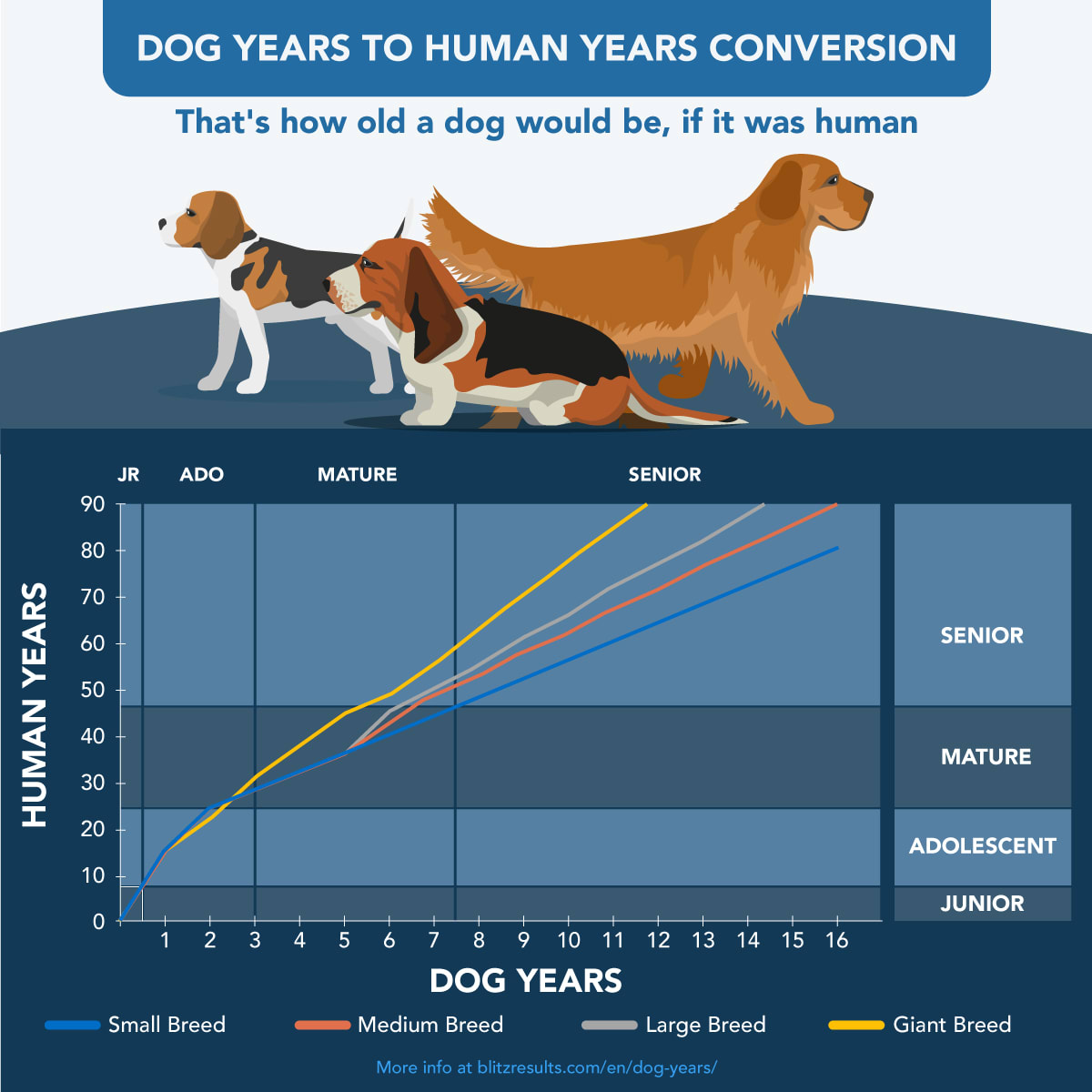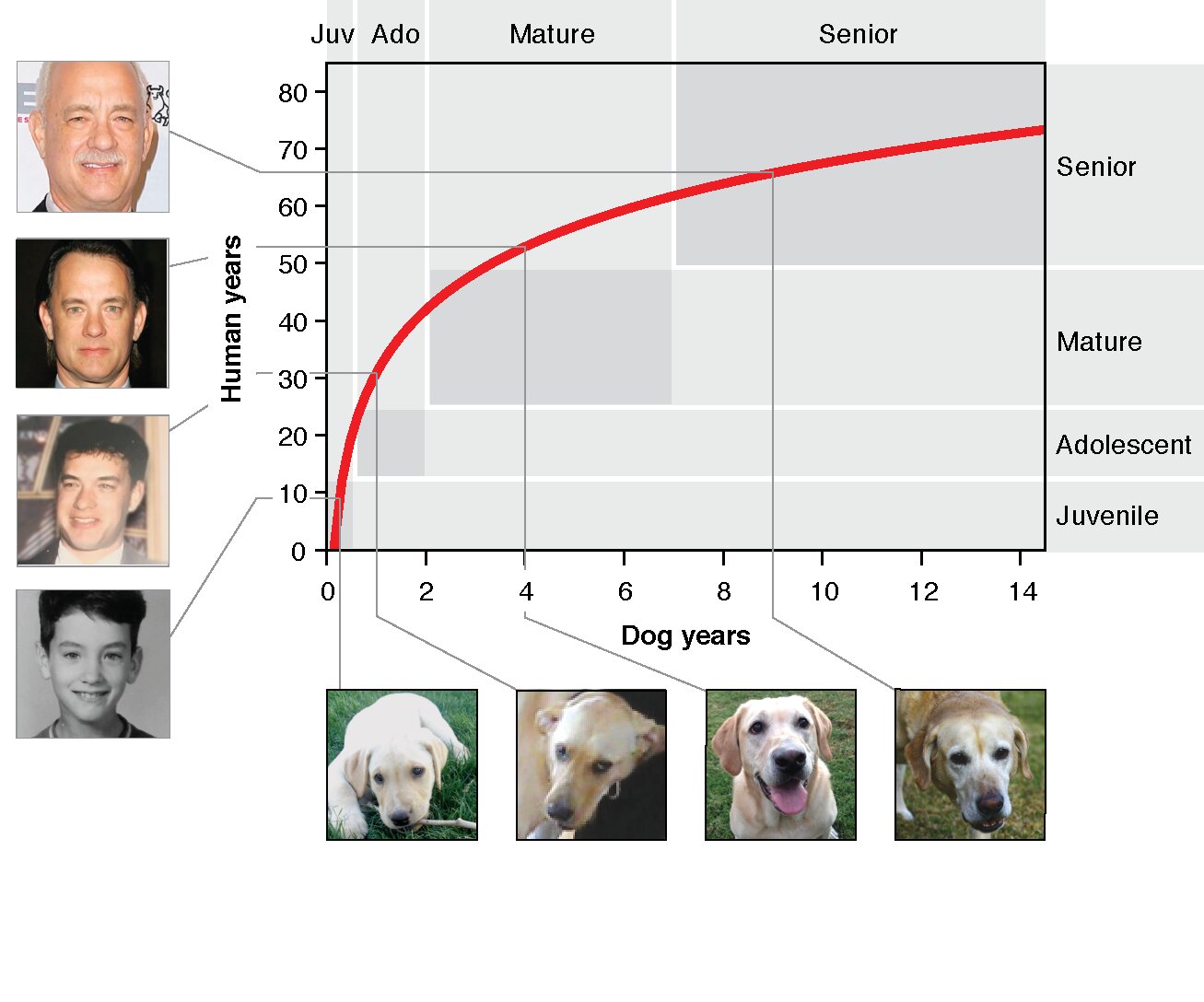Dog 6 months in human years – At six months old, your dog is on the cusp of adulthood, embarking on a new chapter filled with exciting milestones and challenges. Understanding the physical, cognitive, and emotional development of your dog at this stage is crucial for fostering their well-being and creating a strong bond.
This comprehensive guide will delve into the fascinating world of dog development, providing valuable insights into your furry companion’s journey from puppyhood to maturity. From recommended vaccinations and nutritional guidelines to training tips and socialization techniques, we’ve got you covered.
Dog Development Stages
At six months of age, dogs are transitioning from puppyhood to adulthood. They have reached significant milestones in their physical, cognitive, and emotional development.
Physical Development
- Size and weight:Most dogs are about half their adult size at six months.
- Teeth:All permanent teeth have erupted.
- Coat:The puppy coat has been shed, and the adult coat is growing in.
- Muscles:Dogs are becoming more muscular and agile.
Cognitive Development
- Problem-solving skills:Dogs are able to solve simple problems, such as finding hidden objects.
- Learning:Dogs are eager to learn and can be trained to obey commands.
- Socialization:Dogs are becoming more social and are able to interact with other dogs and people.
Emotional Development
- Independence:Dogs are becoming more independent and may start to explore their surroundings on their own.
- Affection:Dogs are still very affectionate and enjoy spending time with their owners.
- Fear:Dogs may experience some fear or anxiety during this time, as they are learning to cope with new experiences.
It is important to remember that all dogs develop at different rates. Some dogs may reach these milestones sooner or later than others. If you have any concerns about your dog’s development, be sure to consult with your veterinarian.
Health and Care for a 6-Month-Old Dog: Dog 6 Months In Human Years
:max_bytes(150000):strip_icc()/daily-paws-dog-age-chart-0847ebbf23e9400e97453fdfd17f060d.png)
As your puppy reaches the 6-month mark, it’s crucial to maintain a comprehensive health care regimen to ensure its well-being and longevity. This includes essential vaccinations, regular health screenings, a balanced diet, and attention to potential health issues.
Vaccinations and Health Screenings
At 6 months of age, puppies require specific vaccinations to protect them from infectious diseases. These include:
- Rabies vaccine:Required by law in most areas, protects against the deadly rabies virus.
- DHPP vaccine (distemper, hepatitis, parvovirus, parainfluenza):Protects against several common and potentially fatal diseases.
In addition, your veterinarian may recommend other vaccines based on your dog’s lifestyle and geographic location. Regular health screenings, such as a physical exam, fecal exam, and blood work, are also important to detect any underlying health conditions.
Feeding Schedule and Nutritional Guidelines, Dog 6 months in human years
A well-balanced diet is essential for your puppy’s growth and development. At 6 months, most puppies require two to three meals per day. The amount and frequency of feeding should be adjusted based on your dog’s breed, size, and activity level.Choose
a high-quality puppy food that meets the nutritional requirements of growing dogs. Look for foods rich in protein, fat, and essential vitamins and minerals. Avoid foods with artificial ingredients, fillers, or excessive amounts of carbohydrates.
Common Health Issues and Their Management
Puppies at 6 months of age may experience certain common health issues, including:
- Parvovirus:A highly contagious viral infection that can cause severe gastrointestinal symptoms and is potentially fatal.
- Giardia:A parasitic infection that causes diarrhea and dehydration.
- Ear infections:Puppies are prone to ear infections due to their floppy ears and increased moisture.
Prompt diagnosis and treatment are essential for managing these health issues effectively. If you notice any symptoms, such as lethargy, vomiting, diarrhea, or ear discharge, contact your veterinarian immediately.
Training and Socialization
Early training and socialization are essential for a 6-month-old dog’s development. It helps them learn basic obedience commands, proper behavior, and how to interact with other people and animals. This foundation sets the stage for a well-behaved and well-adjusted dog throughout their life.
To start training your 6-month-old dog, focus on basic obedience commands such as sit, stay, come, and heel. Use positive reinforcement, such as treats or praise, to reward good behavior. Keep training sessions short and fun, and gradually increase the duration and difficulty of the exercises as your dog progresses.
Socialization
Socialization is equally important for 6-month-old dogs. It helps them learn how to interact with other dogs, people, and new environments. Start by taking your dog to puppy socialization classes or arranging playdates with other well-behaved dogs. Supervise all interactions closely and intervene if any problems arise.
Potential Behavioral Challenges
Some common behavioral challenges in 6-month-old dogs include chewing, jumping up, and barking excessively. These behaviors can be managed with consistent training and positive reinforcement. If you encounter any behavioral problems, consult with a veterinarian or certified dog trainer for guidance and support.
Activity and Exercise
Providing appropriate physical and mental stimulation is essential for the well-being of a 6-month-old dog. Understanding their energy levels and activity requirements will help you create a healthy and engaging routine for your furry friend.
Exercise Requirements
- Puppies of this age typically require around 30-60 minutes of exercise per day.
- This exercise should be divided into shorter, supervised sessions throughout the day.
- Exercise intensity should be gradually increased as the puppy grows and matures.
Types of Activities
- Walks:Regular walks are an excellent way to provide both physical and mental stimulation.
- Fetch:Playing fetch is a fun and interactive game that encourages exercise and bonding.
- Tug-of-war:Supervised tug-of-war games can help develop the puppy’s coordination and jaw strength.
- Hide-and-seek:Hiding treats or toys around the house can stimulate the puppy’s mental and physical abilities.
Safe Play Environments
It’s crucial to provide a safe and supervised environment for your puppy’s play. Ensure the play area is free of hazards such as sharp objects or poisonous plants.
Grooming and Hygiene
Regular grooming and hygiene practices are essential for maintaining your 6-month-old dog’s health, well-being, and appearance. This involves bathing, brushing, nail trimming, and dental care. Establishing a consistent grooming routine will help your dog become accustomed to these procedures and make them more enjoyable.
Bathing
Bathing your dog every 4-6 weeks is generally sufficient, unless they become particularly dirty or have skin issues. Use lukewarm water and a dog-specific shampoo to avoid drying out their skin. Wet your dog thoroughly, apply shampoo, and massage it into their coat.
Rinse well to remove all soap residue. Towel dry your dog and brush their coat to remove any tangles.
Brushing
Brushing your dog’s coat regularly removes loose hair, dirt, and debris, promoting healthy skin and coat. The frequency of brushing depends on your dog’s breed and coat type. Short-haired dogs may require weekly brushing, while long-haired dogs may need daily brushing to prevent matting.
Use a slicker brush or a comb to remove tangles gently.
Nail Trimming
Nail trimming is important to prevent overgrown nails from causing discomfort or pain. Trim your dog’s nails every 2-3 weeks using dog nail clippers. Hold your dog’s paw firmly and trim the nails straight across, avoiding the quick (the pink part of the nail that contains nerves and blood vessels).
If you are not comfortable trimming your dog’s nails yourself, you can take them to a groomer or veterinarian for assistance.
Dental Care
Dental care is crucial for maintaining your dog’s oral health and preventing dental diseases. Brush your dog’s teeth at least twice a week with a dog-specific toothpaste and toothbrush. You can also provide your dog with dental chews or toys to help clean their teeth and freshen their breath.
Regular veterinary dental checkups are recommended to ensure your dog’s oral health is optimal.
Age Comparison: Dogs vs. Humans

To better understand the development of a 6-month-old dog, it’s helpful to compare its milestones to those of a human child. This comparison provides insights into their physical, cognitive, and social growth.
The concept of “dog years” is often used to estimate a dog’s age in human terms, but it’s not a precise measure. The rate of development varies among breeds and individual dogs.
Developmental Milestones
| Dog (6 months) | Human (6 months) |
|---|---|
| Teething complete | Teething begins |
| Can sit, stay, and come on command | Can roll over, sit up, and clap hands |
| Developing independence | Becoming more independent and mobile |
| Starting to socialize with other dogs | Starting to interact with other children |
| Sleeping for around 16-18 hours a day | Sleeping for around 14-16 hours a day |
Overall, 6-month-old dogs and human children are at similar stages of physical and cognitive development. However, there are some key differences, such as the earlier onset of teething in dogs and the greater independence of human children.
Final Wrap-Up

As your dog embarks on this remarkable journey from puppyhood to adulthood, remember that every milestone is a testament to their unwavering love and loyalty. By providing them with a nurturing environment, consistent training, and boundless affection, you’ll create an unbreakable bond that will last a lifetime.
FAQ Compilation
How much exercise does a 6-month-old dog need?
A 6-month-old dog requires around 60-90 minutes of moderate exercise daily, divided into several short sessions.
What are common health issues in 6-month-old dogs?
Common health issues include digestive problems, skin allergies, and ear infections. Regular veterinary checkups are essential for early detection and treatment.
How often should I groom my 6-month-old dog?
Brush your dog’s coat 2-3 times per week to remove loose hair and prevent mats. Bathing should be done every 2-4 weeks, depending on the breed and activity level.